Key Takeaway
DLN offers hope for lighter lips, but it's not a quick fix. It depends on the cause of your lips' darkness, a skilled expert, realistic expectations, and careful aftercare.
Do you dream of naturally rosy, even-toned lips? For people whose lips are naturally darker, this may seem like an impossible goal to reach. Thankfully, progress in cosmetic tattooing has introduced a promising solution: Dark Lip Neutralization (DLN). But the question is still there: can dark lip neutralization really make dark lips lighter? Sure, but there are a few important nuances to keep in mind. This blog is meant to give you an honest and complete look at how well DLN works so that you can make an intelligent choice.

What Causes Lip Darkening?
Lip pigmentation is complicated and influenced by several factors, including:
- Genetics. Your genetic makeup plays a noticeable role in determining your natural lip color.
- Sun exposure. Like any other part of your skin, your lips can get hyperpigmentation from being in the sun for too long. UV rays stimulate melanin production, which makes your lips darker.
- Smoking. Smoking restricts blood flow to the lips, which can turn them darker over time.
- Medical conditions. Some medical conditions, like Addison's disease, can cause hyperpigmentation around the mouth area.
- Post-Inflammatory Hyperpigmentation (PIH). Inflammation from lip injuries, acne, or harsh lip products can lead to PIH, resulting in dark spots or overall darkening.
- Dehydration. Loss of water can cause the lips to get dry, chapped, and flaky, giving them a darker appearance.
- Vitamin deficiencies. Deficiencies of some vitamins, like B12, C, E, and iron, can lead to lip darkening. Anemia from not getting enough iron can make your lips pale, which draws attention to any underlying darkening.
- Caffeine. Too much caffeine can make you dehydrated, which can darken your lips.
- Lack of oral hygiene. Overlooking oral hygiene can cause bacteria to build up on your lips, which can turn them discolored.
Also, it's important to note that people with darker skin, especially Fitzpatrick skin types IV and above, are more likely to get hyperpigmentation in general, including on their lips. There are many shades of dark lips, such as brown, purple, and bluish ones.
How Does Dark Lip Neutralization Work?
Dark lip neutralization is a step-by-step process that requires precision and expertise. Here's what you can expect:
Neutralize Pigments
To get rid of the unwanted tones, the expert uses pigments that are opposite them on the color wheel to neutralize them. For example, if your lips are blue or purple, the artist will use orange or red undertones to balance out those cool tones.
Assess Natural Lip Tone
A skilled technician will carefully assess your natural lip color to figure out the exact mix of neutralizing pigments that you need.
Layer Process
DLN usually takes more than one session to gradually get rid of the darkness and build up the desired tone. This is because trying to lighten dark lips in a single session can damage the skin or give you uneven results.
Immediate Post-Procedure Appearance
Be prepared for your lips' look immediately after each session. They may appear brighter or warmer in tone (orange/pink) due to the neutralizing pigments. As the wound heals, the color will settle down and look more natural.
The process is a delicate balancing act that requires a trained professional. To get a great result, you need the right person and the right method.

What Will Influence Dark Lip Neutralization Outcome?
While DLN can be highly effective, its success is not guaranteed and depends on several key factors:
Cause of Dark Lips
DLN might work better for some types of hyperpigmentation than for others. For example, sun-induced hyperpigmentation might react better than melasma, which is often caused by hormones.
Severity of Darkness
Very dark lips might need more sessions to get lightening, and they might not get to a drastically lighter color. Realistic expectations are very important, and you should know that DLN might not get rid of all darkness.
Technician's Knowledge and Skill
It is very important to find a qualified, experienced technician who specializes in DLN. Look for a professional whose resume shows successful DLN work on a range of skin tones and lip colors.
Skin Tone
The results will depend on the color of your skin tone, so it's important to find an artist who has worked with people of different skin tones and achieved the most natural-looking outcome before.
Aftercare Compliance
Careful treatment is necessary to help the skin heal, keep it from getting infected, and protect the pigment. Carefully following your technician's advice will have a big effect on how well your DLN treatment works.
Overall, success hinges a lot on a skilled professional who knows these things and how to use them in the neutralization process.
Benefits and Potential Risks of Dark Lip Neutralization
Dark lip neutralization (DLN) has many benefits. But like any cosmetic operation, you must assess the dangers and set realistic expectations.
Benefits of Dark Lip Neutralization
When done correctly, DLN can offer numerous benefits:
- More even lip tone. DLN can create a more balanced and harmonious lip color, reducing the appearance of dark spots or uneven pigmentation.
- Brighter lip color. By neutralizing the underlying darkness, DLN can reveal a brighter, more vibrant lip color.
- Improved confidence. Many people feel self-conscious about their dark lips. DLN can help boost confidence and self-esteem by improving the overall appearance of the lips.
- Reduced need for lipstick. DLN can reduce or even eliminate the need for daily lipstick application to achieve the desired lip color.
Potential Risks and Considerations
Like any cosmetic treatment, DLN has risks and considerations:
- Redness, swelling, tenderness. Immediately after the treatment, these adverse effects will follow and usually decrease within a few days.
- Cold sore outbreak. If you are prone to cold sores (herpes simplex virus), DLN can trigger an outbreak. To avoid this, take antivirals before and after the surgery.
- Allergic response. Although rare, DLN pigments could cause allergic responses.
- Uneven pigmentation. Correction treatments may be needed for uneven pigment retention.
- Scarring. Scarring is infrequent yet also possible if it is not treated properly.
Talk to your technician about these risks before DLN and follow their pre-care advice, such as not taking blood-thinning drugs.
Aftercare Instructions for Optimal DLN Results
It's of great importance to take care of your skin after getting a DLN treatment to get the best results. Here are some important things to remember:
- Cleanse your lips with a mild, fragrance-free cleanser as instructed by your technician.
- Apply a thin layer of the recommended healing balm or ointment to keep your lips moisturized and prevent dryness.
- Protect your lips from the sun by wearing a hat and applying a lip balm with SPF.
- During the healing period, avoid spicy, acidic, or oily foods, as well as activities that can irritate the lips, such as smoking or excessive licking.
- Resist the urge to pick or scratch at any scabs or peeling skin. This can lead to infection and scarring.
Your lip might get scabs, peel, or color changes while it's healing. Be patient and follow your technician's instructions carefully.

4 FAQs About Dark Lip Neutralization
Q1: Is dark lip neutralization worth it?
It depends on what you want. If you want a subtle, natural improvement in your lip color and are willing to pay for the procedure, it can be a great option. However, it's important to do your research, talk to a qualified professional, and weigh the pros and cons before making a decision.
Q2: Does lip neutralization hurt?
Most technicians use numbing cream to make the procedure less painful. You may feel a little bit of discomfort, but the procedure is usually well-tolerated.
Q3: Can you still wear lipstick after the procedure?
Yes, you can! Once your lips have healed, you can wear lipstick as usual. Many people find that they need less makeup after the procedure.
Q4: What is the recovery process like?
Your lips may feel tender and darker after the operation than expected. This is normal and part of the healing process. The final color appears after 4-6 weeks.
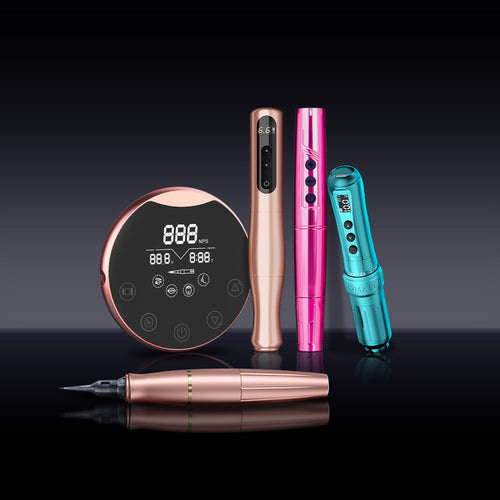
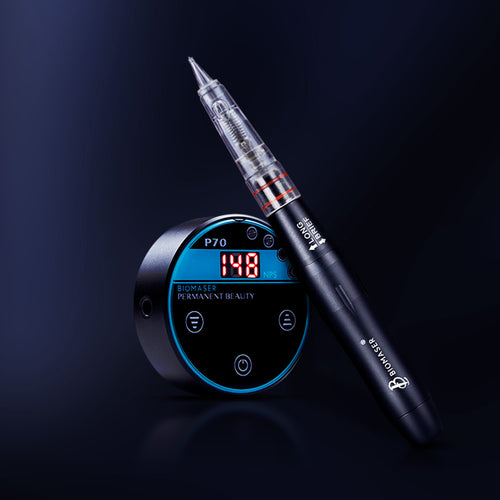


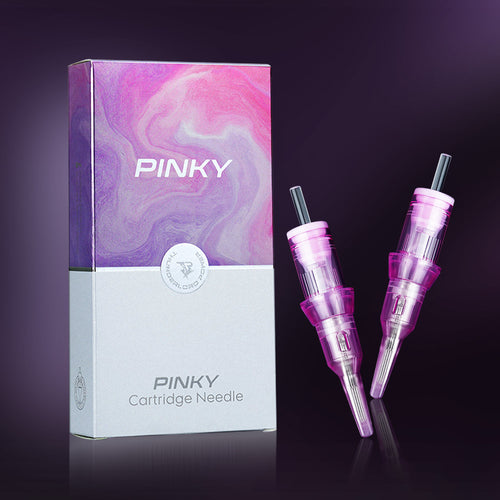
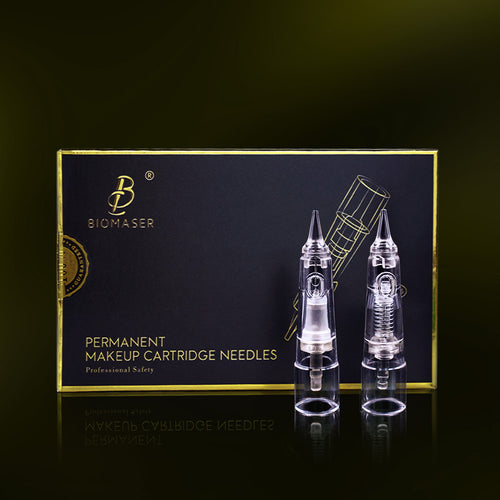
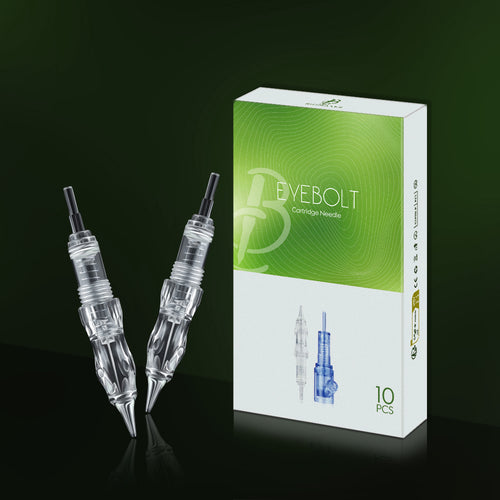

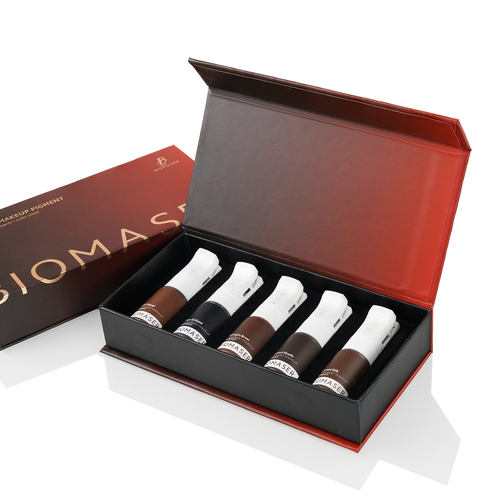
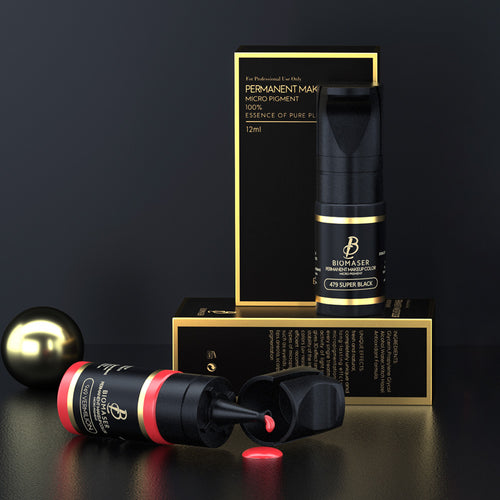
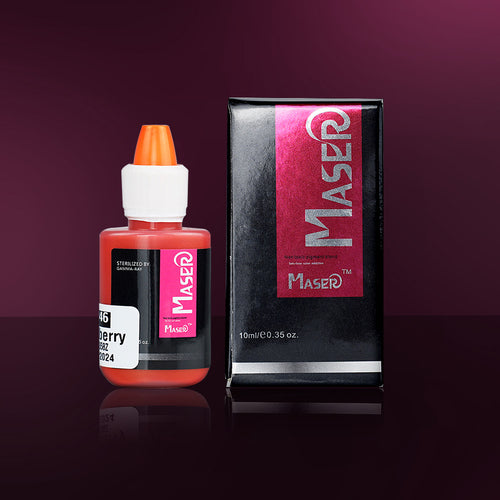
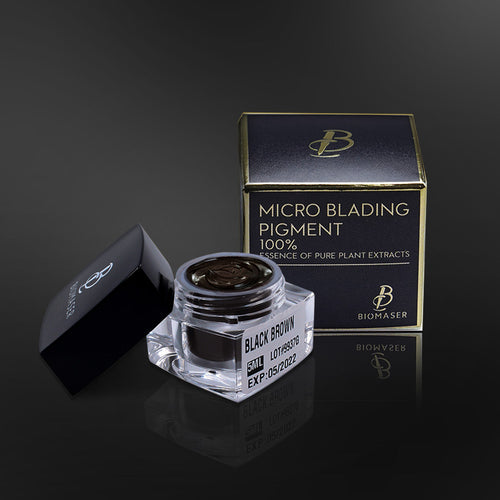
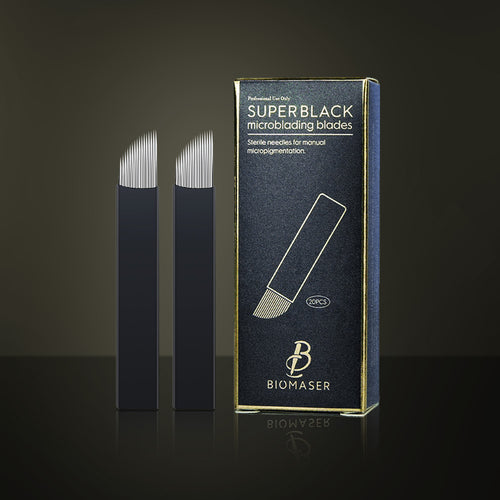


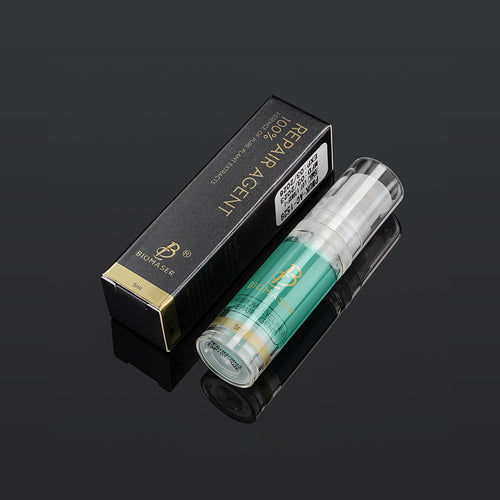

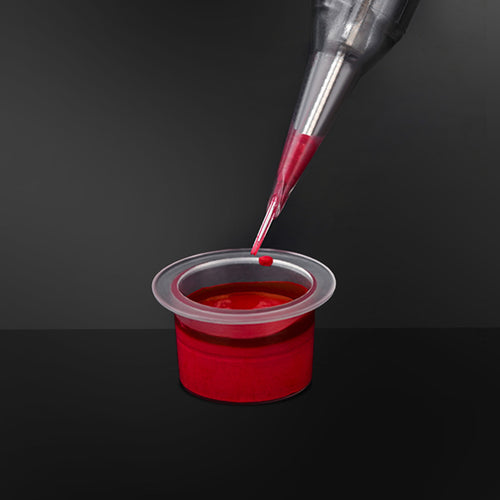



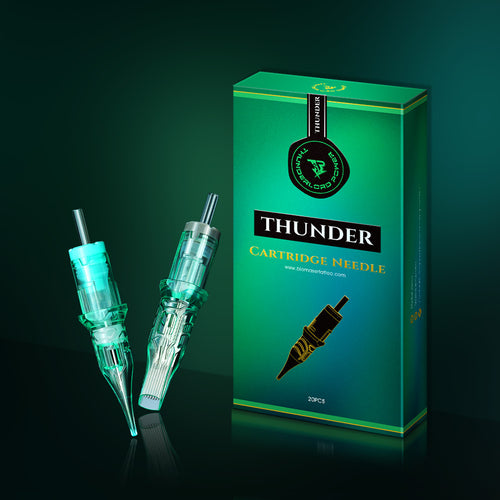
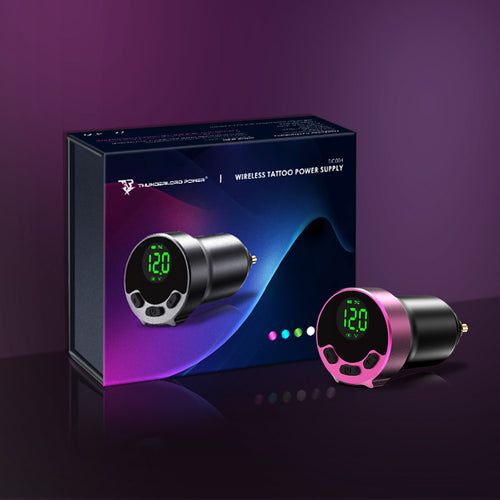


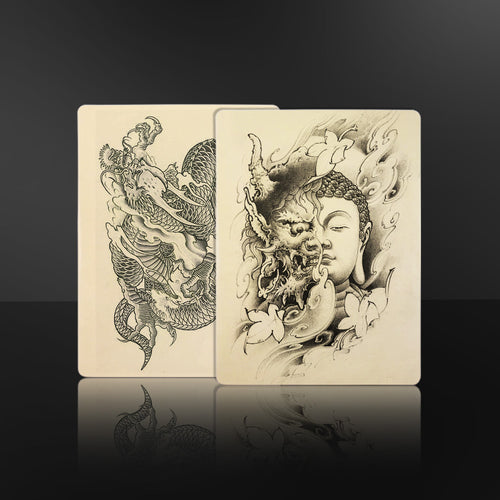


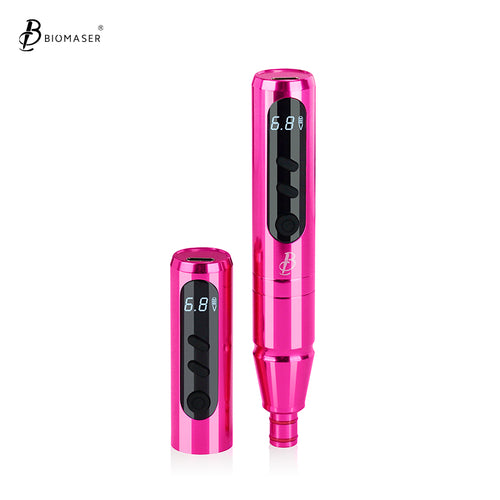
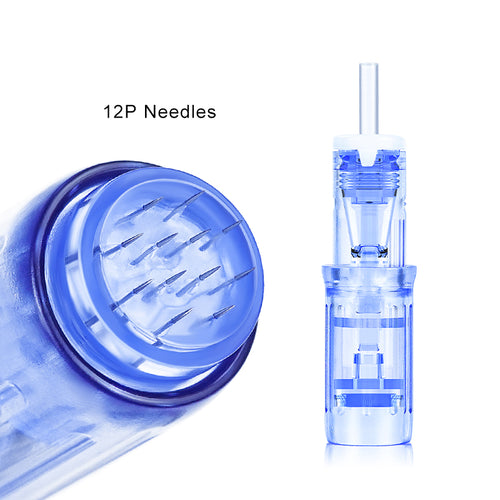


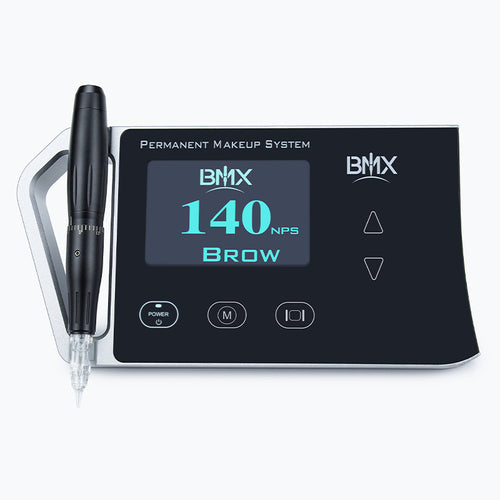



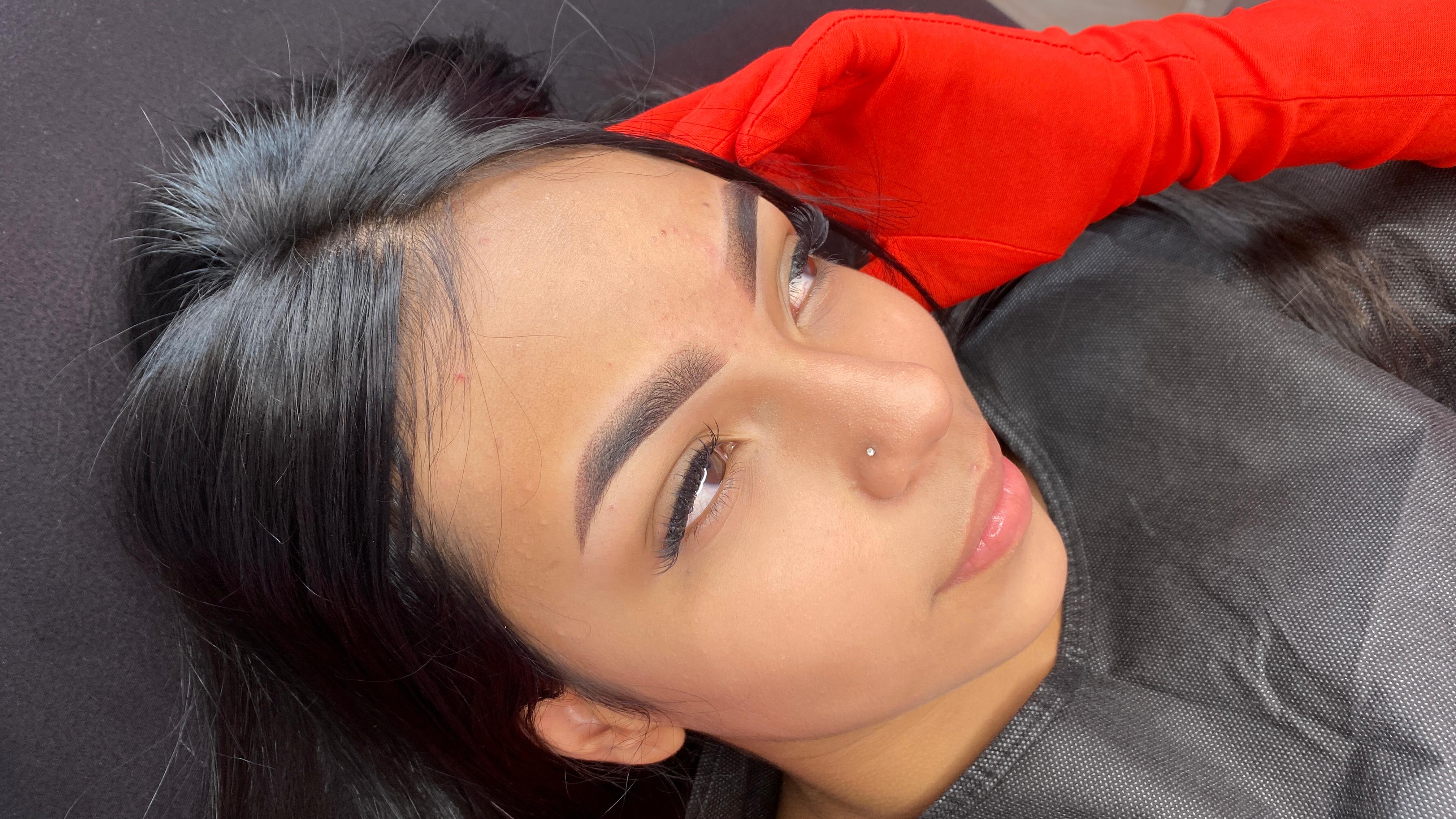
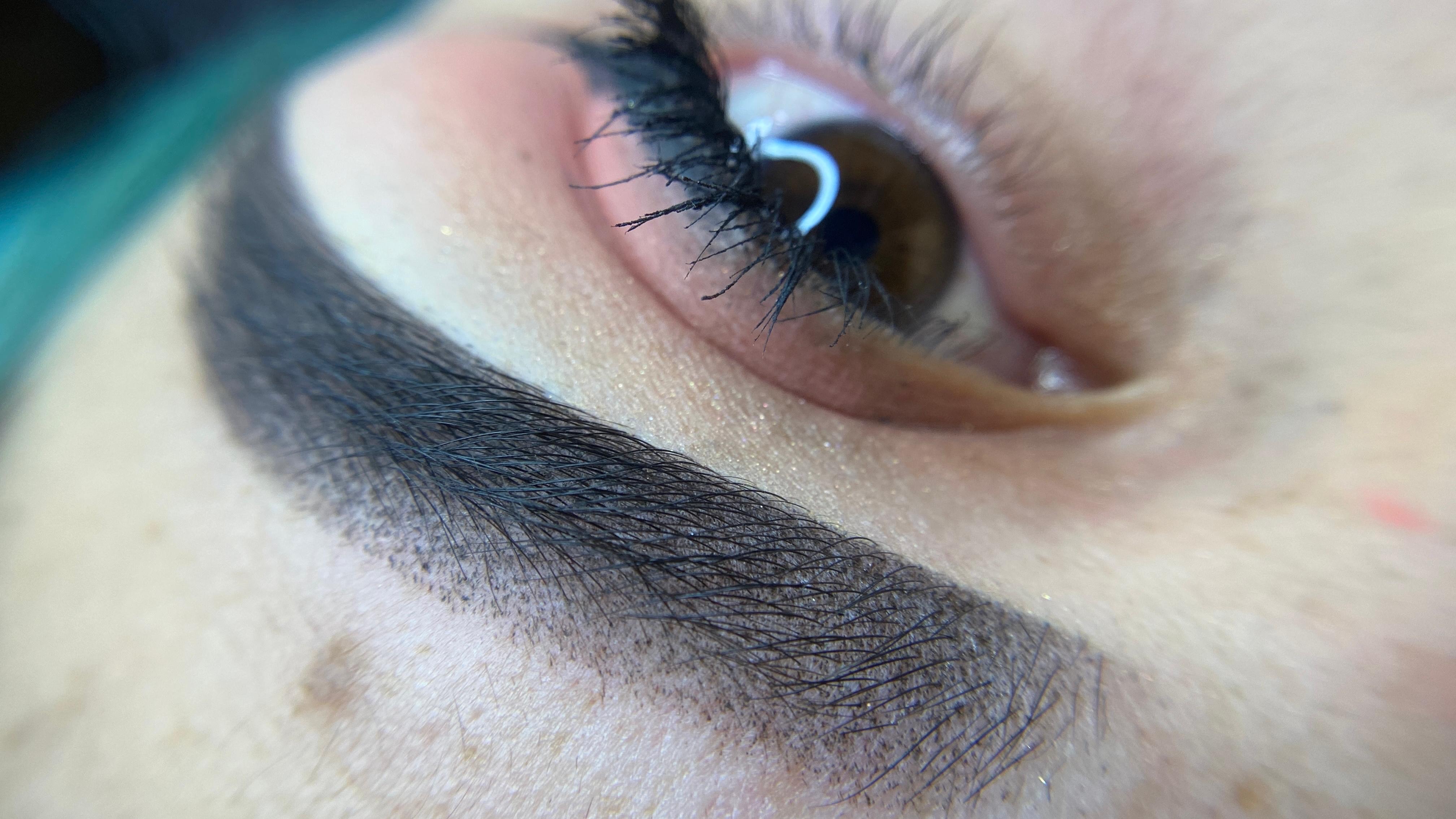
Оставить комментарий
Этот веб-сайт защищается hCaptcha. Применяются Политика конфиденциальности и Условия использования hCaptcha.